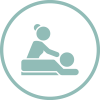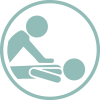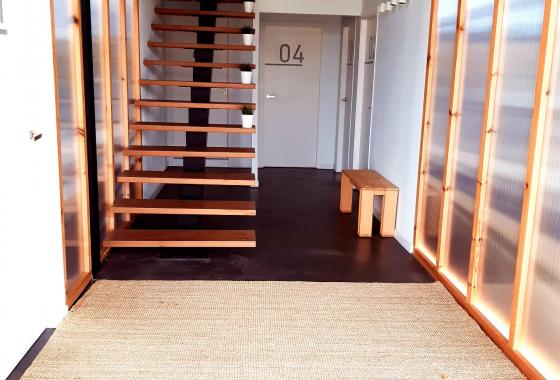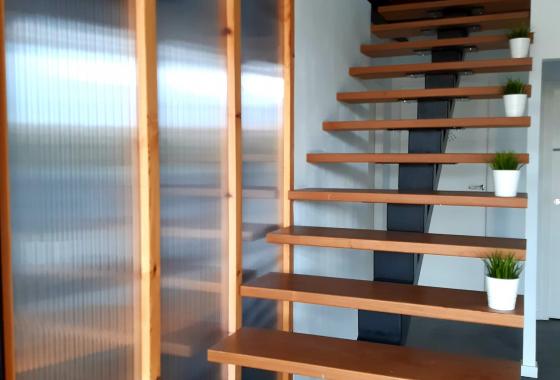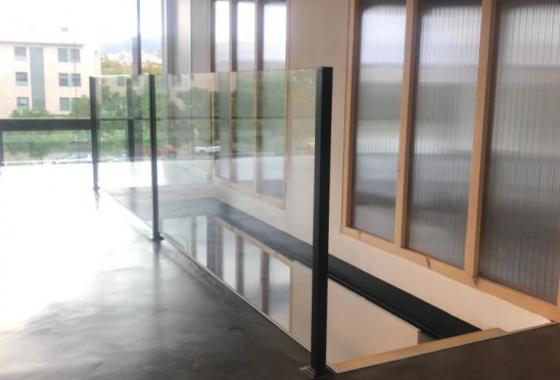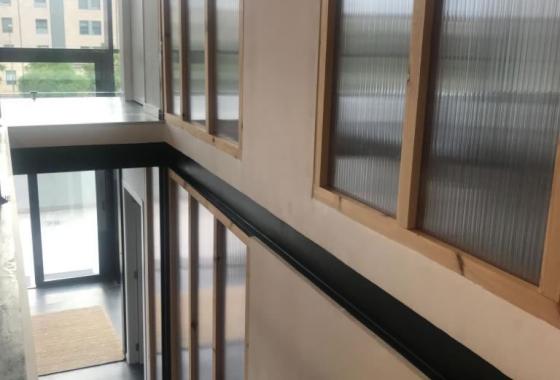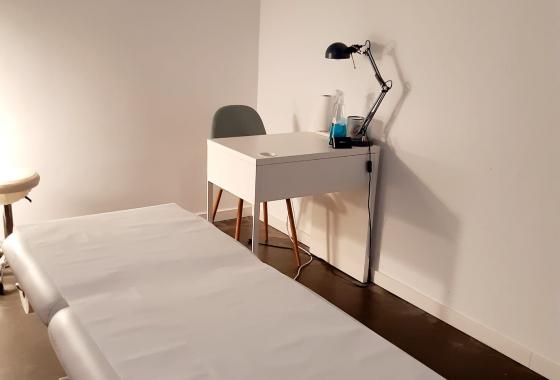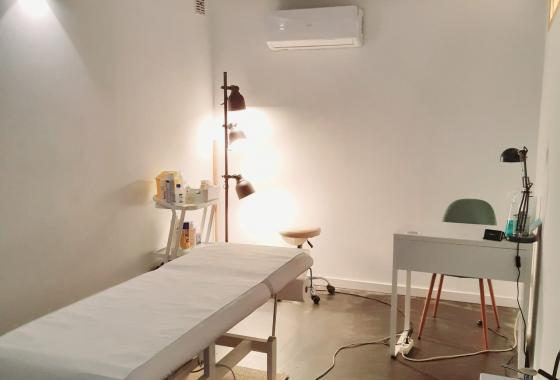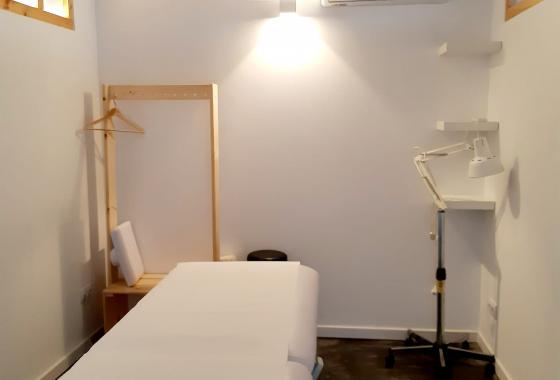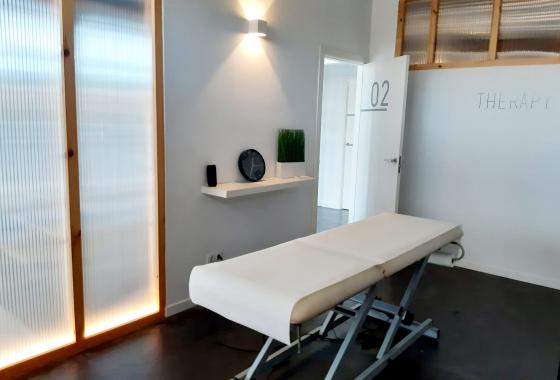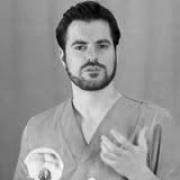Whether due to stress situations or biomechanical components, Muscle Contractures and Trigger Points are the most common muscle discomfort in almost all people, what factors predispose us to its appearance, what are the symptoms that characterize it?; How is it diagnosed and what is the appropriate treatment to prevent its recurrence? Learn about this and more in the following FisioClinics Palma de Mallorca article.
What are Muscle Contractures?
Muscle Contractures are considered to be a sustained contraction of the muscle, its harmful nature lies in the prolongation of the contraction, being involuntary, and can be painful for the sufferer. A muscle contracture is not characterized by a serious injury, but it can become annoying and prevent the performance of different movements and gestures, since in different areas some muscle knots can be located, which are called trigger points, which are nodules. in muscle fibers that cause tension, these have different types, such as latent, active, among others. Muscles contracted for a long time can affect the fascia and can also restrict some movements due to sustained contraction.
What are the symptoms of a Muscle Contracture?
We can define the most characteristic symptoms of Muscle Contractures:
-
The first symptom is pain and limitation of movement; these factors can vary in severity from a simple contracture to completely disabling.
-
It may vary depending on the affected area and the route of the muscle contracture.
-
Muscle fatigue.
-
Palpable tension in the sore muscle.
-
If the myofascial trigger point is not removed, it can lead to paralysis of the affected muscle, manifested in significant muscle weakness.
What Causes Myofascial Trigger Points?
This can be a very common anomaly in anyone, here are some reasons why Myofascial Trigger Points can appear:
-
In sedentary people, who have an absence of physical activity, it causes muscle tone to decrease, when performing any high-impact activity it will have a direct impact on the muscles that have not been previously trained.
-
In older people there is a considerable decrease in the elasticity and tonicity of the muscles and joints.
-
Of course, stress influences the appearance of these involuntary and unwanted tensions in the muscles.
-
Maintain prolonged postures over time in their work activities, which require unnecessary physical effort or a weight load.
How is the medical diagnosis of Muscle Contractures made?
Symptoms must be interpreted correctly for the accurate medical diagnosis of Muscle Contractures, this is achieved by obtaining the necessary data with the patient in the consultation, then by palpating the indicated areas, the knots or areas with greater tension, there may be active trigger points that are known for the presence of constant pain, also observing the limitations of the range of motion, fascial restrictions, among other things, will indicate the injured area.
However, in special cases that present other associated symptoms such as irritation of a nerve, such as in the back, a magnetic resonance image (MRI) may be necessary to determine the cause of said irritation.
 Physiotheraphy
Physiotheraphy Osteopathy
Osteopathy Massage
Massage Lymphatic
Lymphatic Group classes
Group classes Home
Home Baby
Baby
